Introduction
The Muisca civilization, flourishing around the 7th century BC, remains one of the most captivating ancient cultures of South America. Situated on the fertile plains of the eastern Cordillera in what is now Colombia, the Muisca were known for their exceptional craftsmanship, especially in goldwork, pottery, weaving, and artistry. As one of the major civilizations in the Andean region, they left a lasting legacy that continues to influence Colombia’s cultural and historical identity today.
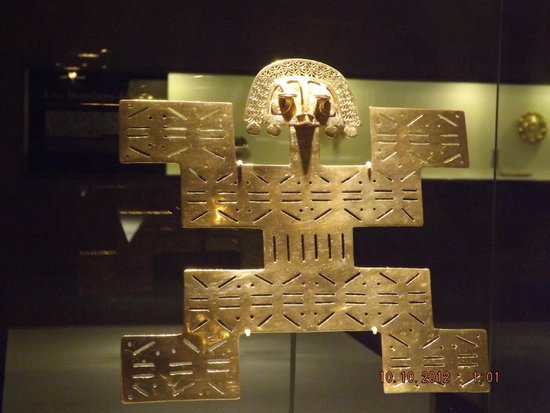
The Rise of the Muisca Civilization
Geographic and Cultural Context
The Muisca people thrived in the highlands of modern-day Colombia, which provided them with fertile soil for agriculture, enabling a prosperous society. Linguistically related to the Tairona, another Andean civilization, the Muisca developed a sophisticated social, political, and economic structure. Their society was organized into a loose confederation of chiefs, and two major confederations—the Confederation of Bacatá (modern Bogotá) and the Confederation of Zipas (modern Zipaquira)—existed within the Muisca realm.
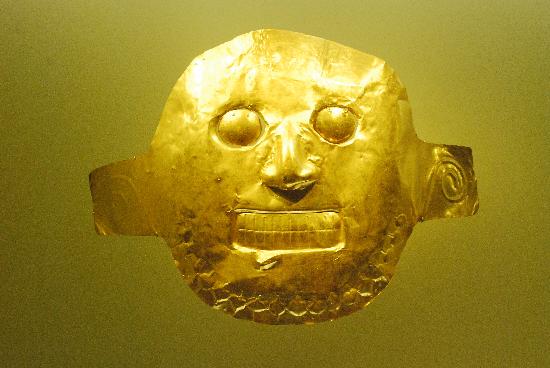
A Society Known for Craftsmanship
The Muisca civilization is most renowned for its outstanding craftsmanship, particularly in goldworking. They excelled in creating intricate gold jewelry, figurines, and ceremonial artifacts, a skill that became emblematic of their culture. Their artisans’ ability to manipulate gold into detailed objects reflects not only technical mastery but also deep cultural and religious significance. The production of gold artifacts was tied to both their political structure and religious practices, illustrating the intertwined nature of art and life in Muisca society.
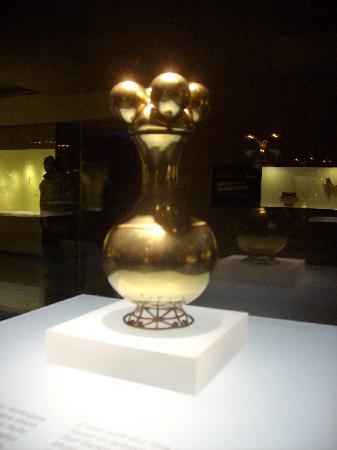
The El Dorado Legend
The Sacred Gold Offerings
Perhaps the most famous aspect of the Muisca civilization is its association with the El Dorado legend. The story of a golden king who would dive into Lake Guatavita as a ritual offering to the gods captivated European imaginations, especially following the arrival of Spanish conquistadors. According to the legend, the Muisca ruler, known as the “Zipa,” would cover himself in gold dust and submerge into the lake, leaving behind offerings of gold objects as a sign of devotion to the gods.
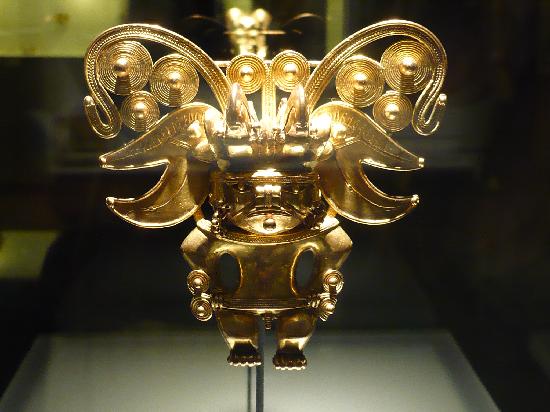
Lake Guatavita, considered sacred by the Muisca, became the focal point of these elaborate gold rituals. The Muisca submerged ritual objects, including gold figurines, offering them to the lake as part of their ceremonial practices. These golden offerings reflected not just a connection to their gods but also the Muisca’s deep reverence for nature and the spiritual world.
Spanish Conquest and the Quest for Gold
The Spanish Arrive
The allure of gold and the El Dorado legend were central to the Spanish conquistadors’ interest in the Muisca civilization. In the 16th century, explorers such as Gonzalo Jiménez de Quesada ventured into the Muisca territory, eager to uncover the riches described in the legend. While the myth of El Dorado was an exaggeration, the Spanish were nevertheless drawn to the vast gold treasures the Muisca had accumulated through their rituals and religious offerings.
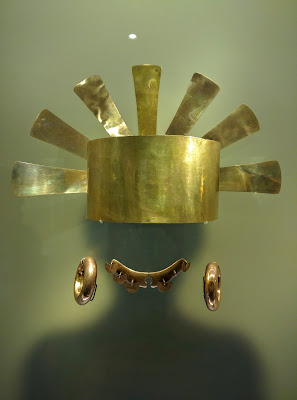
The Devastation of the Muisca
Following their conquest of the Muisca, the Spanish looted their cities, temples, and sacred sites, further diminishing the civilization. Despite their wealth, the Muisca were unable to withstand the onslaught of European colonization. The gold artifacts that had once been sacred offerings were taken and melted down, with the Muisca’s cultural treasures lost to colonial greed. The treasure hunts at Lake Guatavita became legendary, but despite numerous efforts, much of the gold was never recovered.
The Muisca Legacy
Cultural and Artisanal Influence
While the Muisca civilization was devastated by the Spanish conquest, their legacy persists. Artifacts like the Muisca raft—a gold representation of a ritual involving a chief or priest—are still admired for their intricate artistry and technical mastery. These artifacts offer invaluable insight into the Muisca’s beliefs, cultural practices, and technological achievements.

In addition to their impact on the arts, the Muisca influenced later Andean cultures, including the Inca. Evidence suggests that the Muisca and Inca had trade relations before the Spanish arrived, exchanging goods and cultural ideas that further enriched their civilizations.
Modern-Day Influence
Today, the Muisca’s influence is still felt in Colombia. Their cultural heritage is celebrated in festivals and local traditions, with modern artisans drawing inspiration from Muisca goldwork and artistic styles. Archaeological discoveries in areas such as Bogotá continue to reveal more about this fascinating civilization, offering a deeper understanding of their societal structure, religious practices, and craftsmanship.

Conclusion
The Muisca civilization stands as a testament to the ingenuity and artistic talent of ancient South America. Their legacy, though severely impacted by colonialism, continues to shape the cultural and historical landscape of Colombia. Through the artifacts they left behind and their influence on later Andean societies, the Muisca offer a window into a sophisticated civilization that, despite its fall, remains an integral part of the region’s history.


